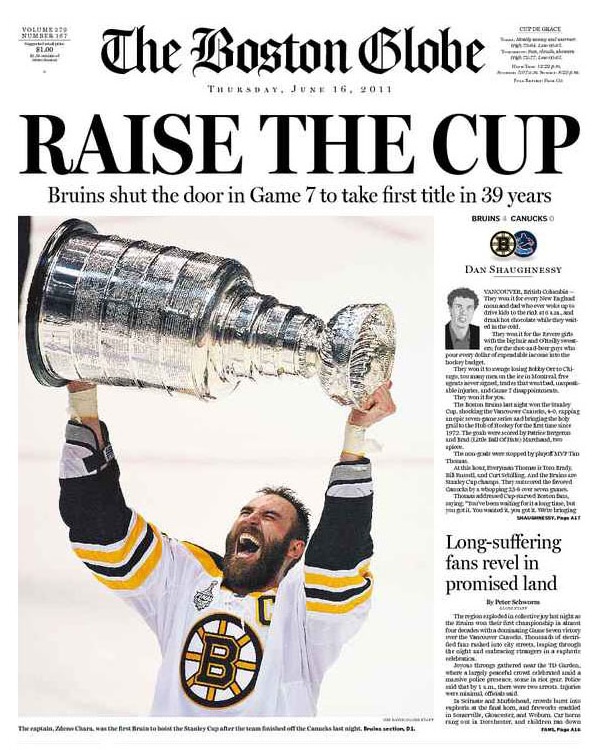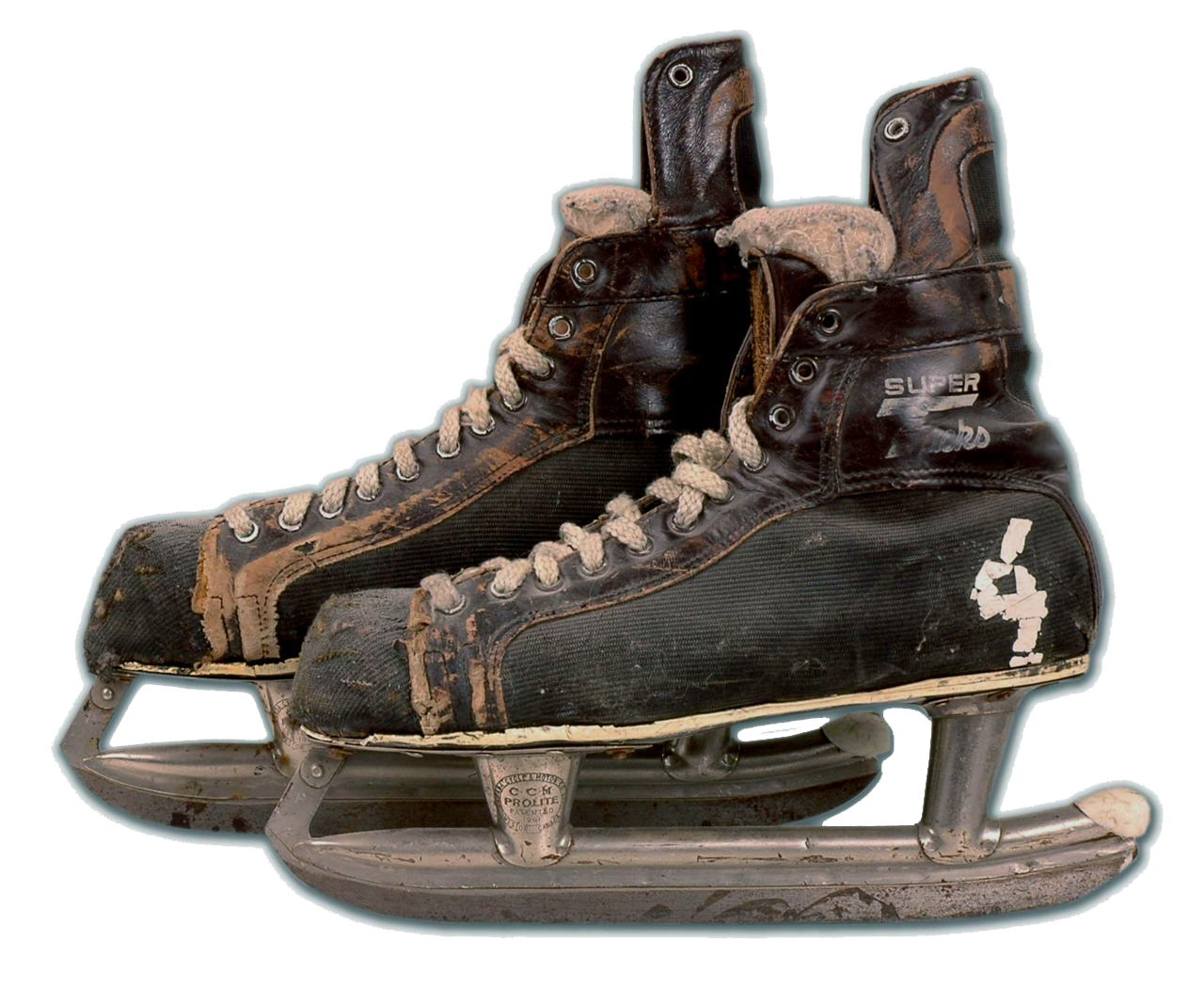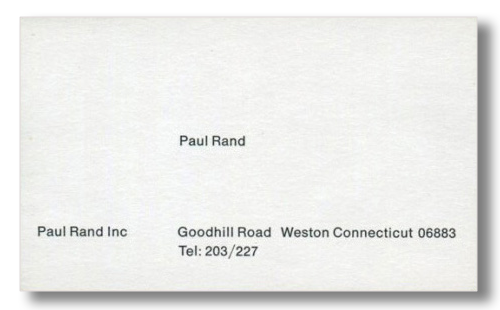“This man is an author. He writes stories. He has just finished writing a story. He thinks many people will like to read it. So he must have the story made into a book. Let’s see how the book is made.”
Mencken on great artists and virtuous men
The great artists of the world are never Puritans, and seldom even ordinarily respectable. No virtuous man — that is, virtuous in the Y.M.C.A. sense — has ever painted a picture worth looking at, or written a symphony worth hearing, or a book worth reading.
H.L. Mencken
How to Tie Your Shoes
Front page

Wings not included

On auction: Bobby Orr’s skates, worn during the 1974-75 season.
Think Quantity
As I read about how creativity works, an idea keeps recurring:
Groundbreaking innovators generate and execute far more ideas. Research has shown that the single strongest correlation to innovative success — any category, anywhere, artists, scientists, entrepreneurs, policymakers, musicians — is the number of ideas they came up with and tried to make happen.… The reason why we see this relationship is because of a fundamental flaw in humans when it comes to creative and innovative ideas, which is: we are not particularly good at predicting what’s going to work or not work.
I stumbled across that quote in a talk by Frans Johansson (at around 5:45 of the video). It echoed a similar striking quote from Robert Sutton, which I mentioned a few weeks ago.
Renowned geniuses like Picasso, da Vinci, and physicist Richard Feynman didn’t succeed at a higher rate than their peers. They simply produced more, which meant that they had far more successes and failures than their unheralded colleagues. In every occupation … from composers, artists, and poets to inventors and scientists, the story is the same: Creativity is a function of the quantity of work produced.
I was so struck by this idea, I decided to quickly check out the evidence.
- Artworks Picasso produced in his lifetime: 20,542*
- Inventions patented by Thomas Alva Edison: 1,093
- Major works written by Charles Dickens: 50**
- Compositions by J.S. Bach: over 1,000
- Scientific papers published by Einstein: over 300***
Those are outlandish numbers, obviously, from a cherry-picked list of the famously prolific. What happens when we ignore the obvious, certified geniuses? What if we look at a few of the modern novelists I admire most? Well, they are all prolific, too.
- Philip Roth: 27 novels, plus a half dozen other books of memoir and criticism
- Updike: 21 novels, 18 short story collections, 12 collections of poetry, 4 children’s books, 12 collections of non-fiction, plus an ocean of criticism that has never been collected in book form
- Bellow: 14 novels plus a half dozen or so short story collections and nonfiction
- Ian McEwan: 11 novels, 11 screenplays, 3 short story collections
- Graham Greene: 28 novels, 8 plays, 10 screenplays, 4 short story collections, plus memoirs, travel books, film criticism, etc.
No, it’s not the most scientific study. And there is some selection bias there: one of the reasons I admire these writers in the first place is that they have been so productive for so long. But it is hard to dispute Sutton’s conclusion: Creativity is a function of the quantity of work produced.
Lesson #1: Churn it out. Writers like Harper Lee — the one- or two-book writers who achieve great things — are a tiny minority. The surest way to create great work is to create a lot of work. Do not wait for the Big Idea; even if you had it, you would not recognize it. Execute a lot of ideas, even the imperfect ones. Trust that somewhere in that body of work will be the one or two transcendent achievements you are hoping for.
Lesson #2: Embrace failure. It is part of the creative process. You cannot succeed without failing — and failing a lot. No matter. As Beckett said, “Try again. Fail again. Fail better.”
For a procrastinator and perfectionist like me, those are two vital points to remember.
* 20,542 is just the number of Picasso’s works that have been confirmed and cataloged thus far. Estimates of all work produced range as high as 50,000.
** Famously prolific, Dickens’ total output is hard to quantify. Some line-drawing is necessary. I’ve counted as “major works” the 20 novels, 4 short story collections, 17 Christmas numbers of the magazines Dickens edited and contributed to, and 9 collections of nonfiction, poetry, and plays. (The list I used is here.) It is a rough but conservative estimate since it omits the deluge of shorter pieces he wrote for periodicals, not to mention his myriad other activities.
*** Einstein also published about 150 non-scientific papers, mostly on humanitarian or political subjects.
Paul Rand for Ford

Proposed logo for Ford, designed by Paul Rand, 1966. Details here.
